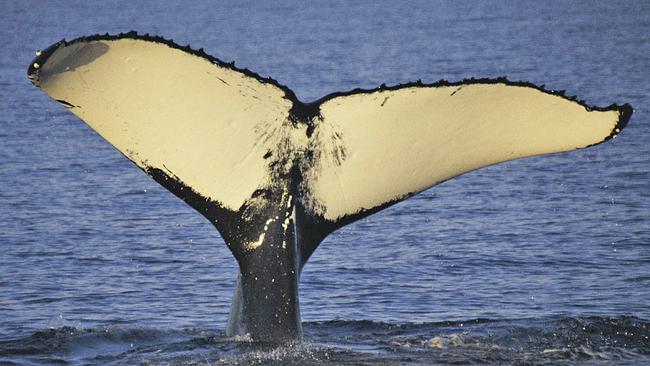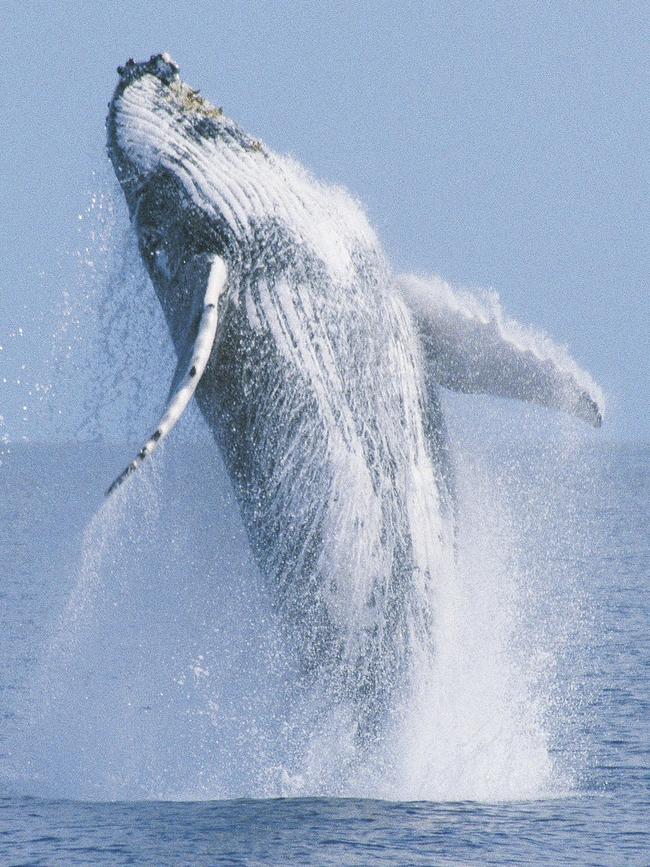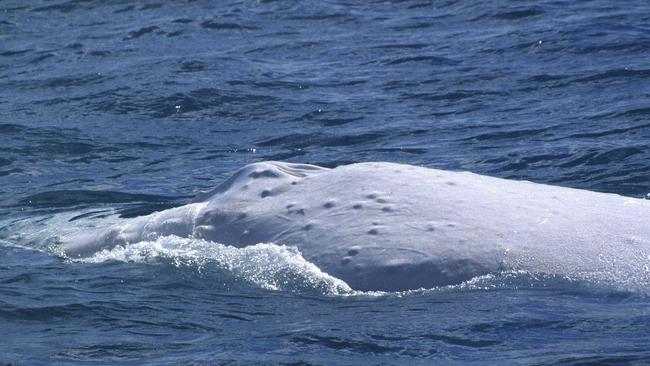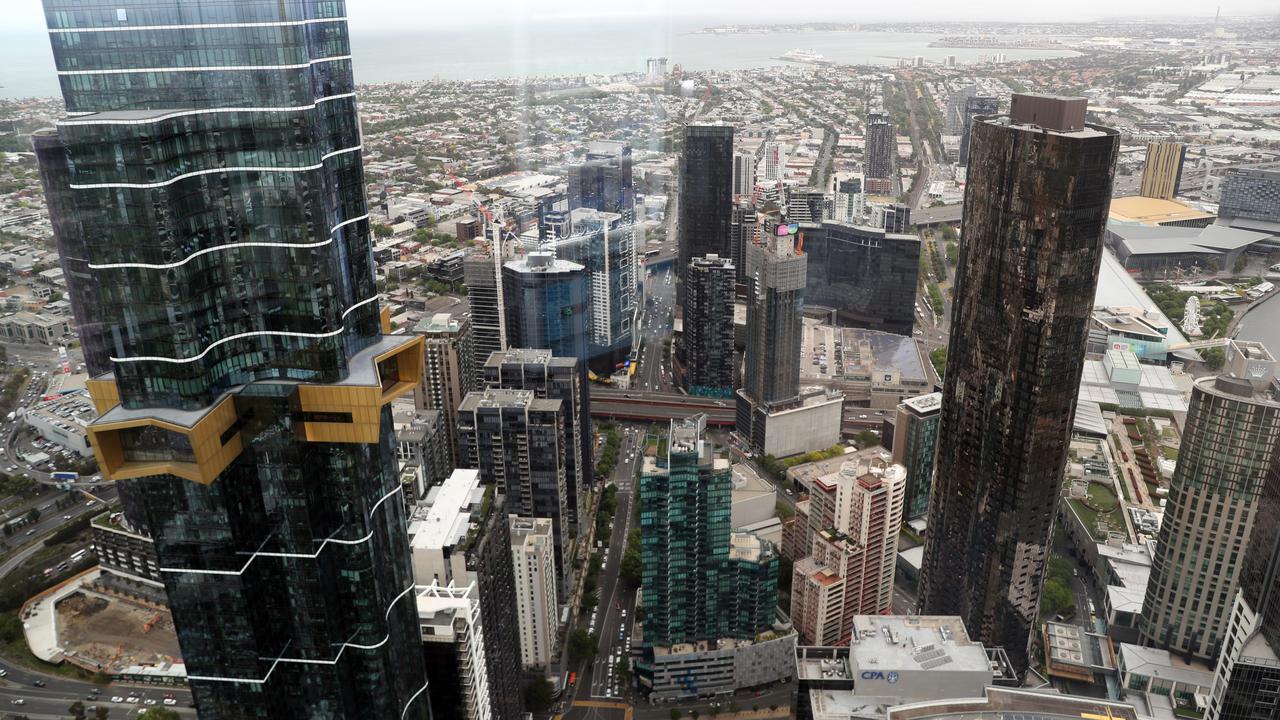Tour operator reveals future of whale watching this season
Dave Jaeger can only watch as the first of the migratory mammals swim past his house along the Tweed Coast.

Business
Don't miss out on the headlines from Business. Followed categories will be added to My News.
NOTHING excites Dave Jaeger more than watching his client's faces when they have an up-close encounter with a humpback whale.
Due to coronavirus regulations, the tour operator can only watch as the first of the migratory mammals swim past his house along the Tweed Coast.
Mr Jaeger said the restrictions made it impossible to operate his family-run business - Tweed Gold Coast Dive Charters.
He said beside whale watching tours, his business issued boat and jetski licences and ran snorkelling and diving tours.
"None of those have been happening. It's been seven weeks without an income," Mr Jaeger said.
"I've been following the government's ex-chief medical officer in the media and his timeline for group gatherings is six months," Mr Jaeger said.
"We are probably one of the lucky ones because we run a smaller vessel that only takes 10 people.
"If the government relaxes the restrictions to public gatherings of up to 10 people, then we should be right.
"But then you still have to face social distancing rules."

Mr Jaeger said he was cautiously optimistic restrictions would lift before peak whale season in July, but didn't want to "get his hopes up".
"Whale season is our favourite season of the year.
"Even before this (the coronavirus) happened, if it was a nice day, my wife and I would go out and spend the day on the water.
"If you have never experienced a close-up encounter with a whale, you haven't lived."
Southern Cross University researcher Wally Franklin confirmed whales were on the move towards warmer waters.
Dr Franklin said there had been indirect reports of whales passing Cape Byron and the Tweed Coast.
He said about 40,000 eastern Australian humpbacks would migrate north along the east coast to Far North Queensland.
"As far as we know, whale numbers have been increasing about 10 per cent a year," Dr Franklin said.
"Whale numbers are getting back to where they were prior to whaling just after World War II.
"By the early 60s, only about 150 whales survived … so we are very privileged to have this group."

Dr Franklin explained younger males made their way north first, followed by mature whales and then mothers with their calves.
For those hoping to spot Migaloo, the famous white whale, they would have to wait a little longer.
"As far as we know, he normally turns up about early July because he hangs out a bit longer in Antarctica," he said.
"There's been a few years where he has turned up in New Zealand in late June, then arrived off the Byron and Tweed Coast area in July. He is outstandingly special."


